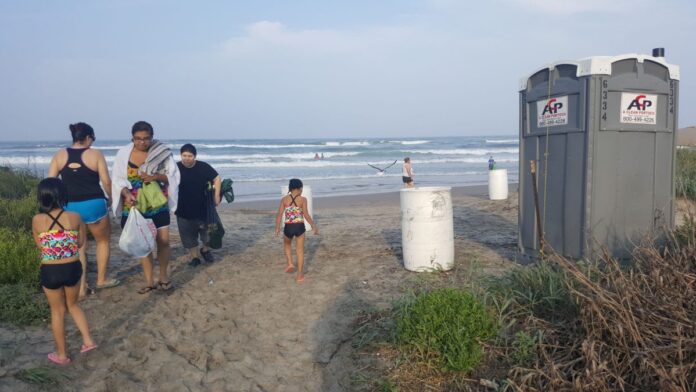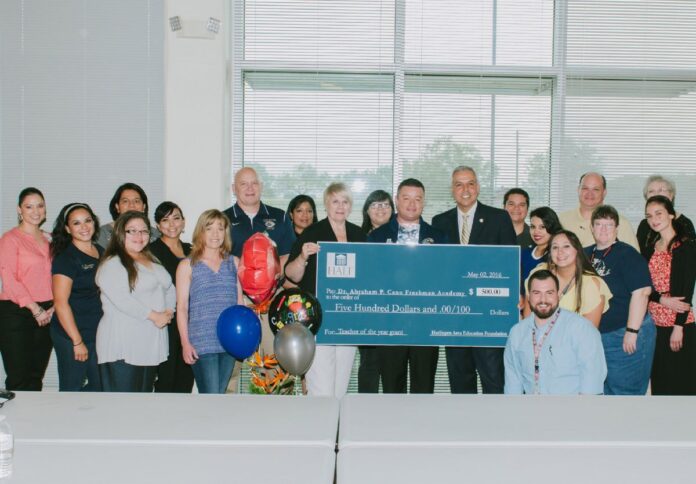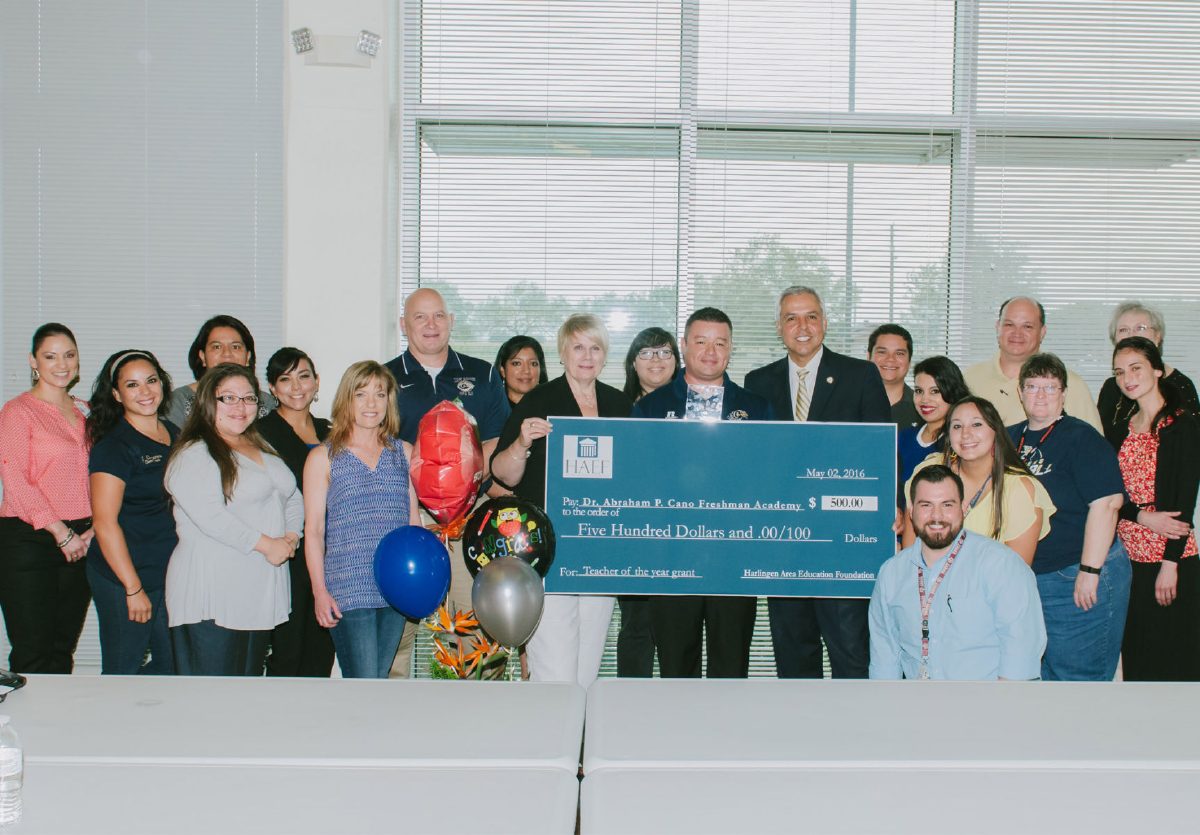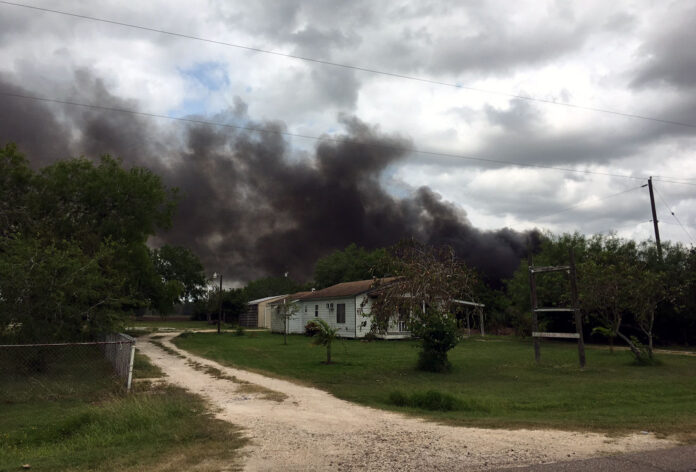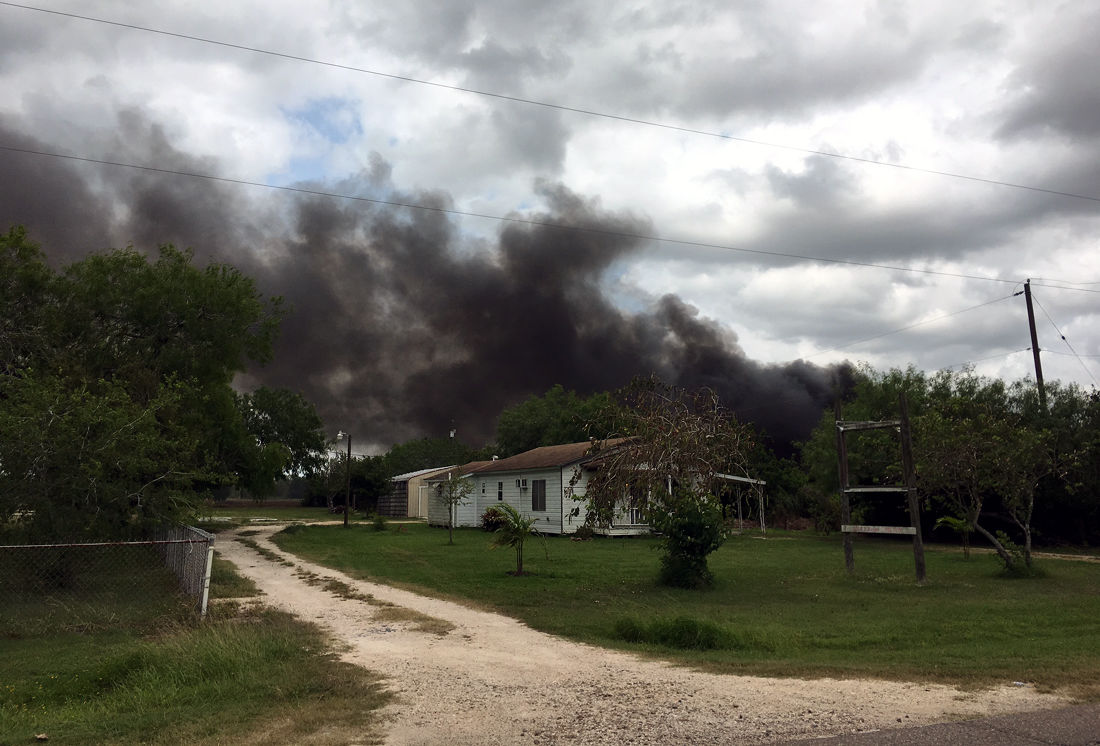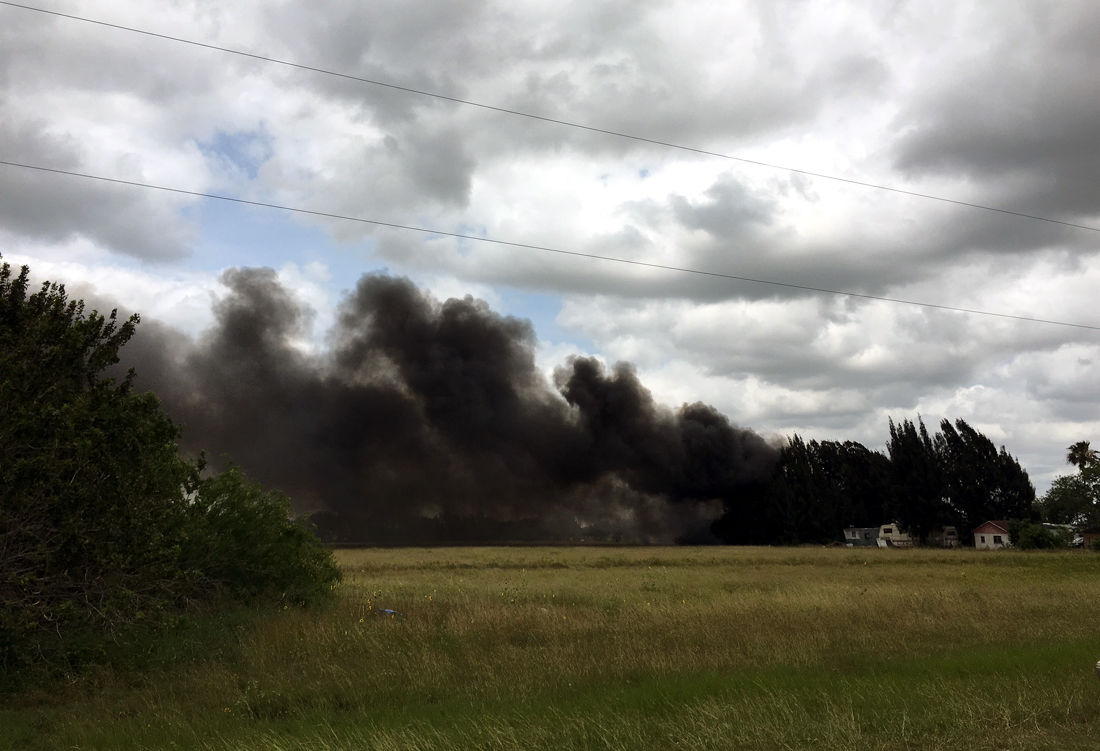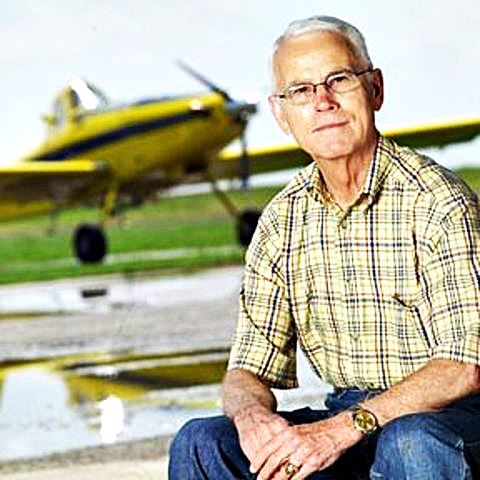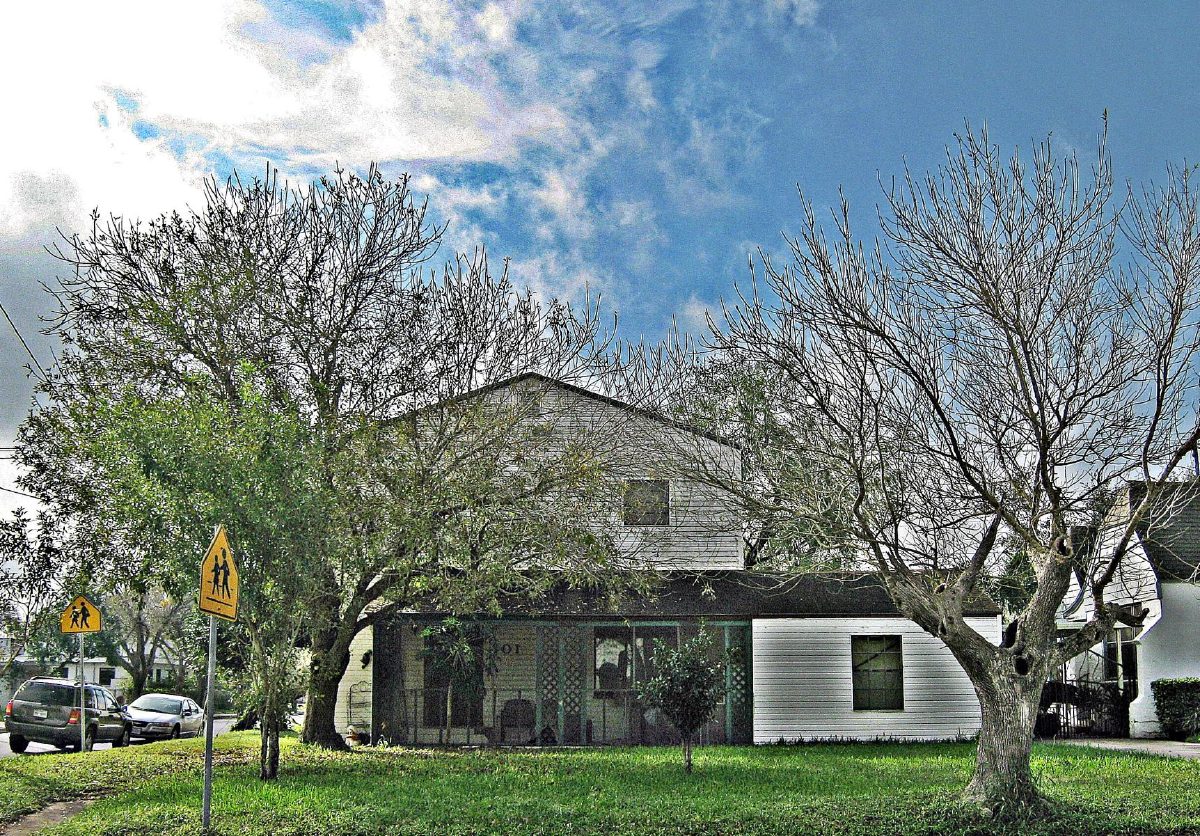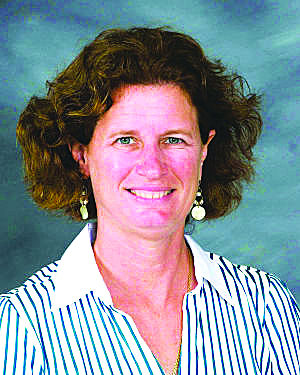BY NORMAN ROZEFF
EDITOR’S NOTE: This is part one of a three-part series by local historian Norman Rozeff. Part two will appear next Sunday.
When the December 2015 Texas Monthly magazine ran an article, that was mainly about Leland Snow, in its business column titled “Great Planes,” I immediately knew that I had been derelict in not writing about this gentleman sooner. The fact was that his good friend and Harlingen associate Bob Anderson had brought Leland’s story to me several years ago, and I had put it on the back burner. Leland had even sent me a copy of his biography titled Putting Dreams to Flight after I had contacted him some years ago.
Henry Snow was Leland’s father. Although Henry E. Snow was a native of Vernon, Texas, the Snow family had come to the Lower Rio Grande Valley by May 1910. His father, Elbert C. Snow, had taken up farming in the Donna area. Henry likely had graduated college by the time that he served in World War I, for he was commissioned a second lieutenant in the 315th Engineers.
The Snows would be residing in Brownsville at least by late 1927. At age 31 Henry had married Arkansas-born Carrie Beth Sewell. By April 1930 he was working as a civil engineer in Brownsville, owned a home at 2013 Jefferson, and had fathered MaryHelen, age 1 ½. Beth, besides being a mother, was also a piano teacher. Beth was in Brownsville when she gave birth to her first son, Henry Leland Snow, who came into this world on May 31, 1930.
By 1935 the Snows had moved to the farming community of Santa Rosa where Henry continued his vocation as a supervisory civil engineer.
The Snows were still residing in that town in April 1940 when son George E. Snow was born. By this time MaryHelen was 11 and in the 5th grade and 9-year-old Leland was in the 3rd grade. Perhaps to obtain better educational opportunities the family moved to Harlingen by 1942 and then resided in the two-story residence at 401 W. Buchanan Avenue for many years.
In the early 1940s Henry was superintendent of operations in the area for the Federal Work Projects Administration (WPA), a program known for improving infrastructure while providing hard-to-find employment.
In 1944, now with three children in the family, Henry was simply an engineer.
In 1946 he would commute to McAllen to continue his employment in his specialty.
In 1948 Henry established his own engineering firm in downtown Harlingen with an office in the Professional Arts Build. He was the principal of Snow Engineering Company at 112 ½ W. Jackson in 1949. He was, however, to die the following year on February 5, 1950, a month before his 54th birthday.
Leland had been graduated from Harlingen High School in 1947. Besides being in the National Honor Society, he was in the Shop Club and had taken part in theatrical productions produced by the Masque and Wig Club.
At age 15 he began working at the Harlingen airport in exchange for flying lessons. He received his pilot’s license at age 16 and soon started flying crop dusters to earn money. His fascination with flying had begun at an early age. At age 6 he had already made up his mind to be a pilot. At 9 he was building balsa wood and tissue paper models with wing spans taller than he was.
Just after graduating high school Leeland learned of an Aeronca plane that had been torn apart by winds in a bad storm. He purchased the wreck for $200, repaired it, and was able to fly it to College Station.
Leland attended Texas A&M, was graduated in 1952, and then went on to graduate school studying aeronautical engineering at the University of Texas, Austin from which he was graduated in 1953. In 1953 he was a member of the aeronautical club sponsored by the Institute of Aeronautical Sciences, a member of the Theta Xi social fraternity and the Rio Grande Valley Club.
Once while home for the summer while attending college, Leland borrowed a transit from his father, surveyed, and laid out a farm to market road which later would become a main highway.
In his senior year, Leland returned to his Harlingen home and immediately began drawing up plans to build a purposed agricultural application airplane superior to any presently in use. He envisioned it with wings attached to the base of the fuselage thereby providing it greater stability. Leland used his mother’s car as collateral that enabled him to borrow $1200 from a Harlingen bank in 1951.
He used the family garage at 401 Buchanan to begin plane construction. With his S-1 completed in 1953, and needing to earn a living, Leland used his plane for crop dusting farms in the Harlingen area. He flew out of Harvey Richards Field, once the municipal airport of Harlingen and now the Harlingen Country Club golf course in Palm Valley. Running out of money after the current Valley ag scene was over, he then flew a crop duster to Nicaragua and began treating crops there. He returned in early December ferrying the plane to the Brownsville entry point in early December 1953.
Leland had a neighbor’s son living next door at 405 W. Buchanan by 1948. This teenager was intrigued about the activities being conducted in his neighbor’s garage and soon would be spending many hours there. The young lad of 15 was Robert Vann Anderson, the son of William C. and Ola Anderson.
Mr. Anderson was a member of a well-known Harlingen family. William, during his Harlingen High School years, was athletically gifted. He would go on to study at the University of Texas in Austin. Anderson, who first owned Andy’s Confectionery Store at 123 W. Jackson, then went on to create Andy’s Drive Inn at 220-22 E. Jackson and Wings (formerly the Manhattan) Grill at 206 W. Jackson.
He served as a City Commissioner 1939-53. On November 27, 1956 the city dedicated Fire Station No. 3 at 2112 North Commerce Street near the north end of Commerce Street as the W. C. “Bill” Anderson Fire Station in recognition of his long service to the community. This station would be closed in 1993 when the Grimes station was erected, and the Anderson personnel were shifted to that station. The former site is currently Aguilar’s Salvage Store.
Robert would grow up to have a long storied career as a lawman, over time filling positions from city patrolman to Border Patrol and U. S. Marshall and an arm’s length list of law enforcement positions in between those noted here. His story, too, would be well worth recording.
Robert would one day write memories of his teenage days working with his neighbor Leland. For that we are indebted, and I present the following verbatim from Robert’s notes regarding his mentor.
“ I would go into his dining room as a young wild-eyed teen and stand by him as he was trying to figure out which design that he was thinking about would be the best,the slide on his slide rule almost smoking as it was moving so fast back and forth. I watched as he first designed the plane as a ‘pusher’ and then on to the design that he chose to be the best.
“We then went out to the garage behind the house, cleared off the existing work bench that was there, and he began to draw with a pencil the shape of the ribs onto the work bench. He then went to a carpenter shop where he bought a board and had it cut into 3/8 inch stringers. He tacked these as guides along the outer edge of the design that he had drawn on the workbench, bought a small can of powdered weldwood glue, added water to it in a small container, and began forming the stringers into the shape of the pattern, tacked thin pieces of plywood that we cut with tin snips, onto each junction of the stringers, glued them in place, and tacked it on with small nails. This is how we made all the ribs for the S1 model.
“When Leland had finished making the wingwalks out of plywood, he took them outside the garage, laid them down in the grass and began boring holes with a brace and bit into the wood to lighten them. He didn’t even have any power tools then, only hand ones such as one hacksaw that we used to cut the wooden stringers into their correct lengths, one pair of tin snips that was used to cut the gussets out of the thin plywood, one hammer, and one brace and bit. Pieces of the stringer were used to stir the glue.
“One time when I was flying in a J3Cub and was approaching the airport to land, I passed right over the top of Leland going down the highway in his mother’s 1952 Chevy, and I noticed that he had his left arm out the window with his hand moving up and down in the air as if he was studying the wind affect on controls of a plane.
“As Leland stood in his dining room while he was drawing up his plans, he would comment that he was as physically worn out at the end of the day as if he had been digging ditches all day.
“One time while preparing to go flying he was giving the craft a preflight inspection. When he grabbed one of the ailerons it fell off in his hand. That was just one of the many incidents that he lucked out on, again.”

